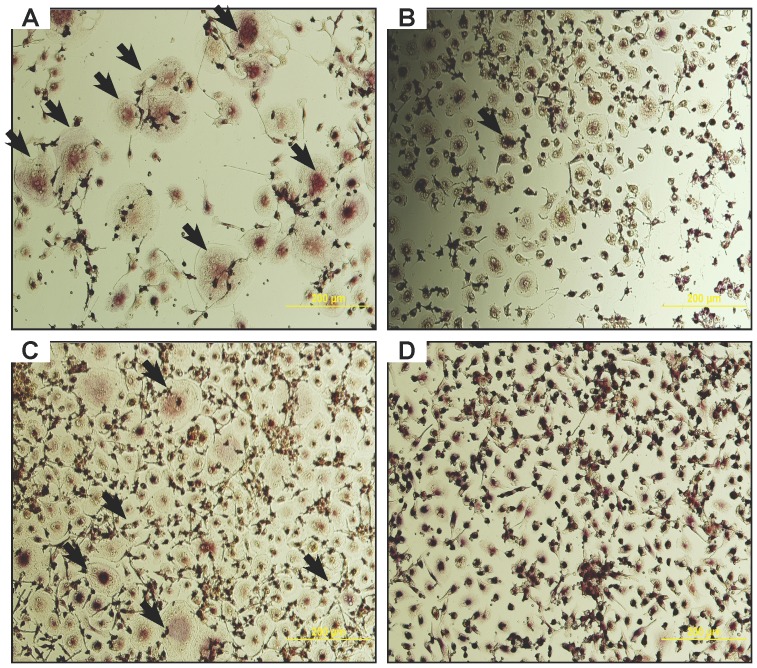Figure 7. Osteoclast-like formation of adipofibroblast/PBMNC co-cultures.
(A-D) the osteoclast regulating potential of the adipofibroblast derived from MSC-derived adipocyte cultures was assessed by TRAP staining. After 15 days of co-culture with peripheral blood mononuclear cells (PBMNC) and was compared to (C) positive controls where PBMNCs cultures were given 50 ng/ml of M-CSF and 60 ng/ml RANKL in DMEM:RPMI (1/1) medium and (D) untreated controls where PBMNC were cultured in the same mixed basal medium only. (C) Multinucleated cells formed after treatment with M-CSF and RANKL for 15 days showing a distinct osteoclast like cell phenotype including multi-nucleation, TRAP positivity and a large diameter. Positive osteoclasts-like cells were numerous in (A) co-cultures with adipofibroblasts and (C) positive controls (black arrows) while scarce in (D) co-cultures with dermal fibroblasts. (A) Multi-nucleated TRAP positive osteoclast-like cells formed in ‘adipofibroblast’ PBMNC co-cultures after 15 days in culture. Osteoclast-like cell formation was comparable to that of the (B) positive controls while no significant formation of multi-nucleated TRAP-positive osteoclast-like cell formation was seen in (B) dermal fibroblast and PBMNC co-cultures. Scale bar in panel A = 200 µm for panels A-B and 300 µm for panels C-D. n = 3–4 donors for both MSC and PBMNC donors respectively.

